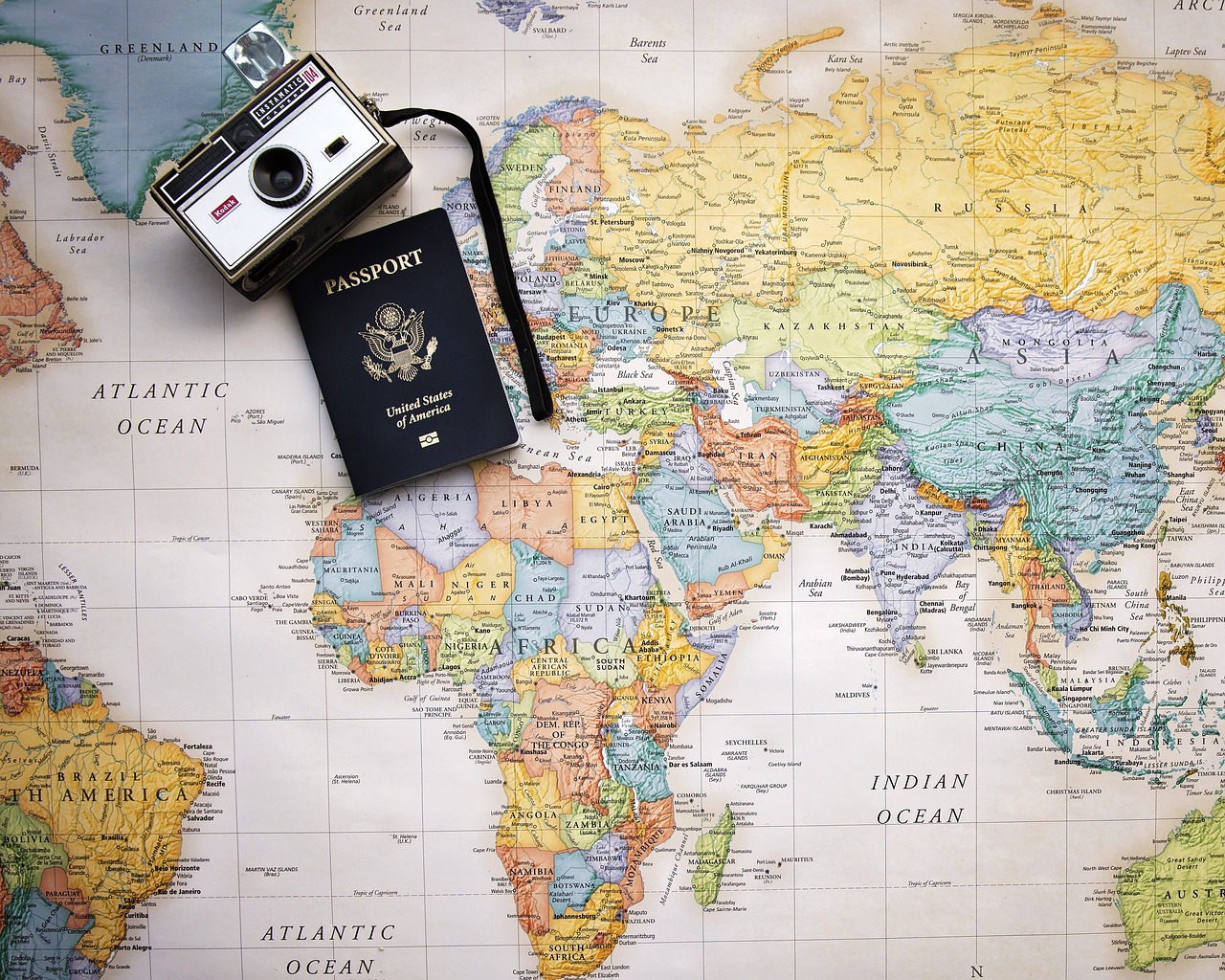Luxury Brands Embrace Big Data to Drive Growth
Big data, a notion that refers to the technology used to collect, manage, and generate insights from large amount of customer information, is transforming the business of luxury.
Market research from IDC estimates that 180 zettabytes of data will be created each year by 2025. To manage that amount of data, global tech giants are developing new data centers around the world. In 2016 alone, Amazon, Alphabet, and Microsoft spent over $32bn in data management, up 22% from the previous year.
The quality of available data is changing too. Companies are now able to analyse real-time flows of information, such as clients social media comments, influencers Instagram’s feeds, and customers purchase funnel on mobile.
The market for data analytics is massive. The opportunities of big data analytics for luxury brands who are able to successfully take advantage of them will prove critical in the coming years.
Digital native retailers are reshaping the industry
Digital brands such as Net-A-Porter and Farfetch have proven, not only that online luxury retail is possible, but also that big data is at the heart of their success. Online luxury good sales have indeed grown strongly over the past few years. Net-A-Porter, for example, saw its sales increase by 20% in 2017, ending the year at USD $2.61 billion.

source: mOOnshot digital.
Those digital retailers are thus rapidly taking market shares from the more established traditional brands. And big data is at the heart of their success. “We have 1,000 engineers in London and Bologna,” explains YNAP’s CEO, Federico Marchetti. “That’s something that no luxury brand in the world can have. We are the perfect merger of luxury and tech, that’s why we are serving the brands so well.”
Traditional luxury brands have a competitive advantage
While 85% of luxury sales comes from customers registered in their database, traditional companies have been slow to adopt big data. Data analytics can indeed help a brand identify and connect with its most valuable consumers, but it wasn’t a focus area for traditional brands until now.
This is starting to change however. Luxury brands have plenty of information available on their customers’ behavioural habits through purchase records, customer profiles, and exclusive memberships. The sheer size of their physical retail presence also provides traditional brands with a significant competitive advantage to collect consumer data.
Brands such as Montblanc and Burberry are operating at the forefront of the industry’s digital transformation by embracing big data to grow. They understand the valuable impact that big data could have on their business and are willing to focus on the opportunity.
The luxury convergence towards big data
As traditional luxury brands start to take advantage of big data to engage with their consumers, digital-first brands start to open physical stores to touch new customer segments and collect more sales insights. We’re observing a convergence in the luxury sector towards online and offline integrations and omnichannel purchase journeys.
At the end of it all is the capability for a brand to collect, analyse, and generate valuable insights from customer data in order to drive sales. Big data has indeed proven to be a profitable asset and an essential tool to offer a more personalised and timely customer engagement model.







